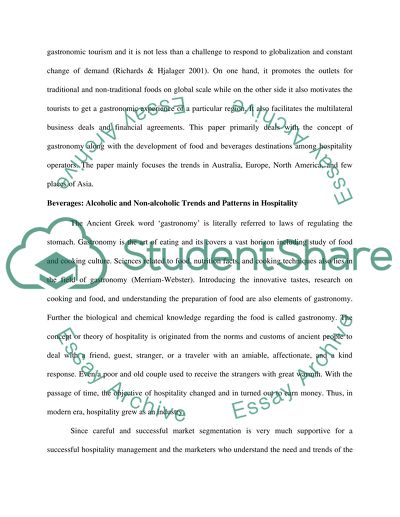Cite this document
(“Beverages: Alcoholic and Non-alcoholic Trends and Patterns in Essay”, n.d.)
Retrieved from https://studentshare.org/health-sciences-medicine/1393095-essay
Retrieved from https://studentshare.org/health-sciences-medicine/1393095-essay
(Beverages: Alcoholic and Non-Alcoholic Trends and Patterns in Essay)
https://studentshare.org/health-sciences-medicine/1393095-essay.
https://studentshare.org/health-sciences-medicine/1393095-essay.
“Beverages: Alcoholic and Non-Alcoholic Trends and Patterns in Essay”, n.d. https://studentshare.org/health-sciences-medicine/1393095-essay.


